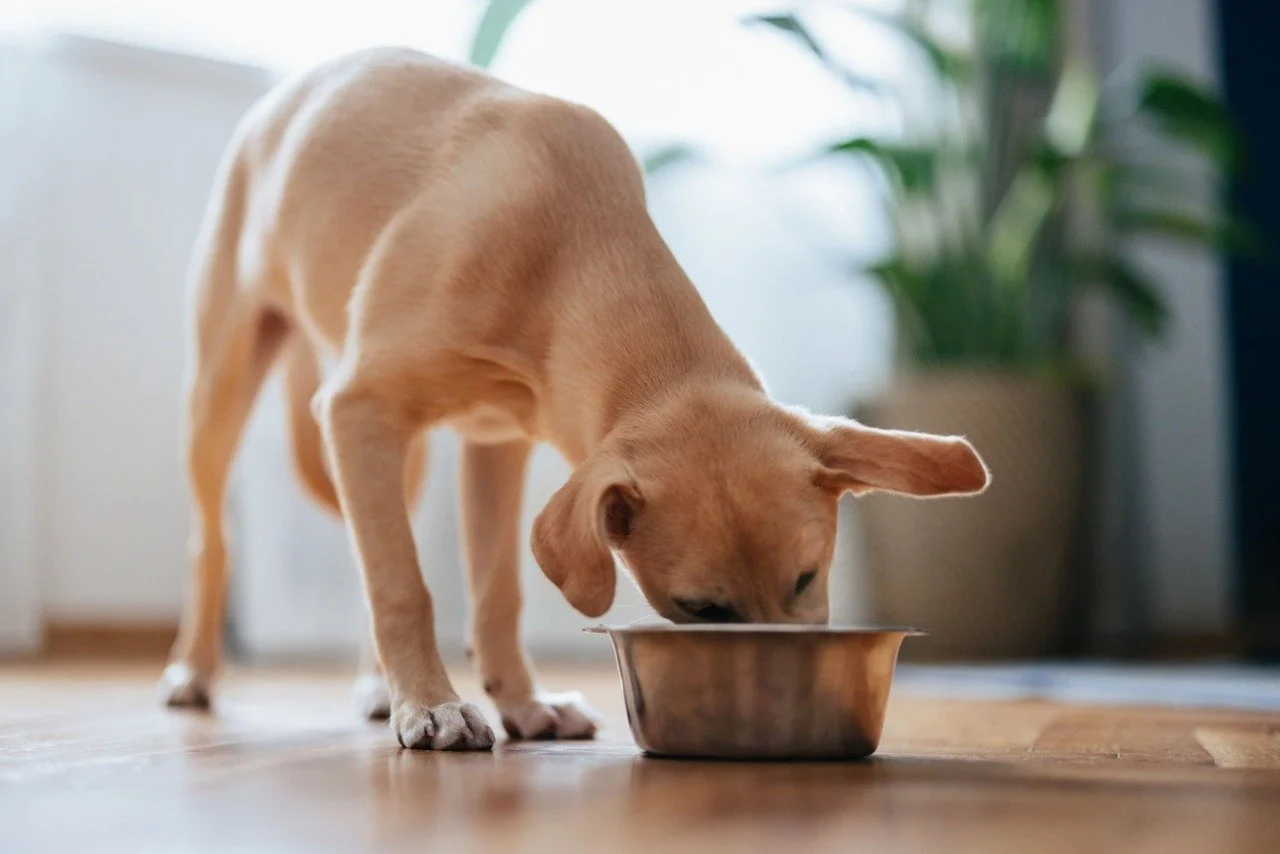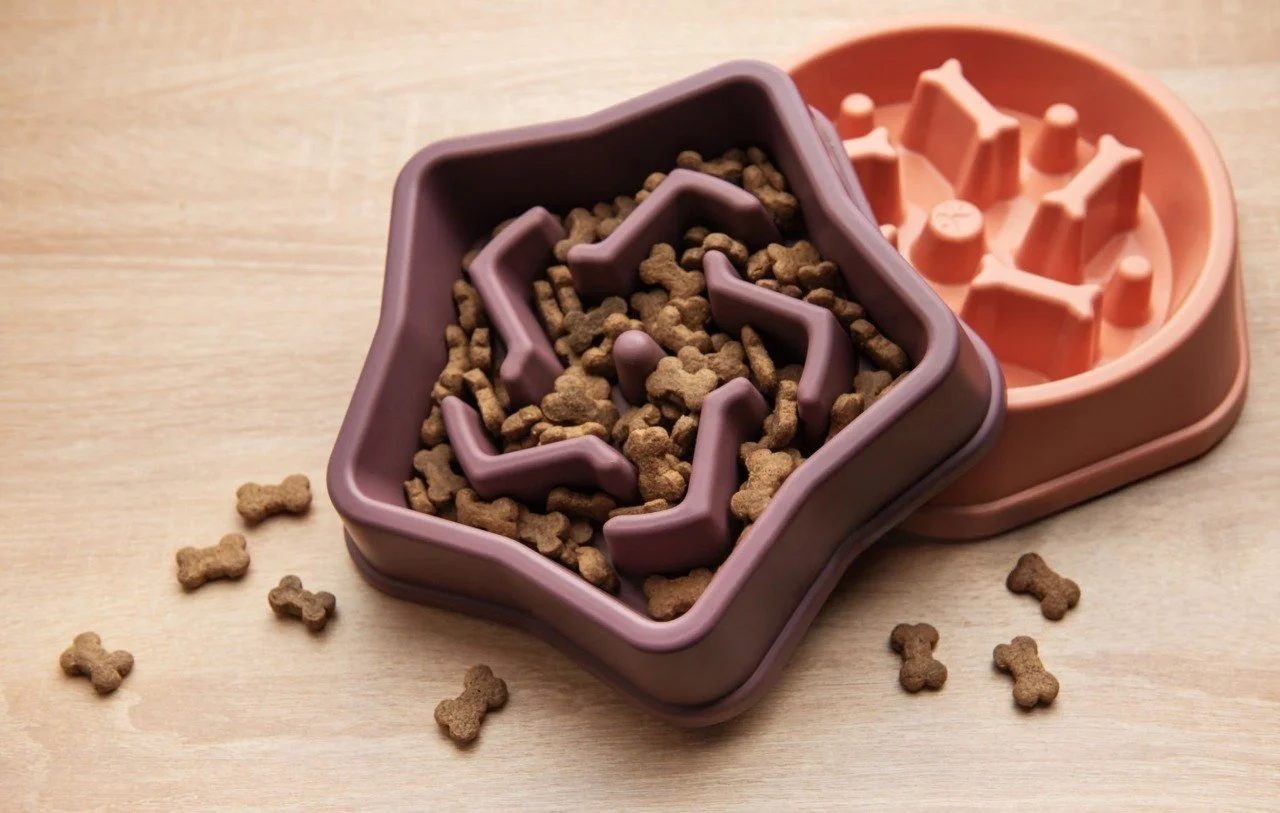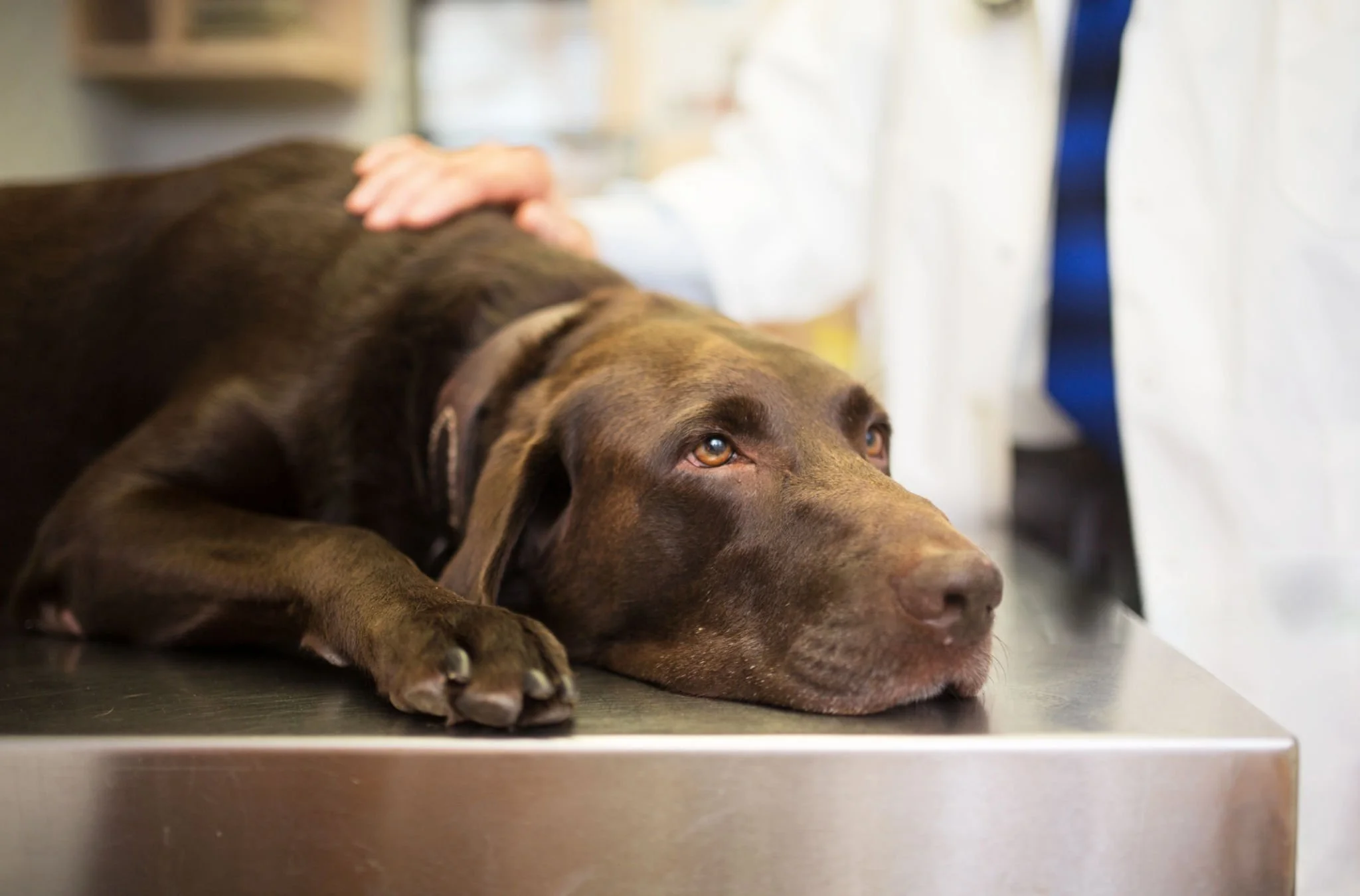My Dog is Eating Too Fast—What Should I Do?
If your dog eats like there’s no tomorrow, it’s not just a quirky habit. It could be a sign of stress, insecurity, or discomfort. While fast eating is common, especially in dogs who came from shelters or share a home with other pets, it can lead to real health risks like choking, vomiting, poor digestion, and bloat. The good news? You don’t need fancy tools or major changes to help your dog slow down. With a few small adjustments to their routine, feeding setup, and even their food, you can make mealtimes safer, calmer, and more enjoyable—for both of you.
Why dogs eat so fast
If your dog devours their meals in seconds, there’s usually a reason behind it and it’s not always because they love their food. Some dogs develop fast eating habits early on, especially if they’ve had to compete for meals in a shelter or multi-dog household. That urgency becomes ingrained, even when food is no longer scarce.
Other dogs rush their meals due to hunger, boredom, or routine. If meals are spaced too far apart, or if your dog’s diet doesn’t keep them feeling full, it’s easy for them to arrive at the bowl already worked up. For some, eating becomes the most stimulating part of the day—so they go all in. While it might seem harmless, this kind of frantic behavior can point to unmet needs in other areas, like enrichment, predictability, or emotional comfort.
Did You Know? Dogs have far fewer taste buds than humans—around 1,700 compared to our 9,000. They’re not usually eating for flavor, as it’s more about scent, habit, and instinct.
What can go wrong
While it may look harmless—or even a little funny—scarfing food too fast can lead to real health concerns. And in some cases, it can be dangerous. If your dog regularly vomits after meals, gulps loudly, or seems restless during or after eating, it’s time to take their eating habits more seriously. These symptoms could signal bigger issues or set the stage for long-term digestive problems.
Common issues caused by fast eating:
Choking or gagging during meals
Vomiting or regurgitation shortly after eating
Excess gas and digestive upset
Poor nutrient absorption from rushed digestion
Increased risk of bloat (gastric dilatation-volvulus or GDV)
Tools to help slow them down
You don’t need fancy gear to help your dog eat slower—you just need tools that make them work a bit more mindfully for their food. Start with one that fits your dog’s size and temperament. If they seem frustrated at first, you can transition gradually by feeding part of their meal in the tool and the rest in their normal bowl.
Alternatives to traditional bowls:
Slow feeders: With ridges or spirals that prevent gulping
Snuffle mats: Encourage natural foraging behaviors
Lick mats: Ideal for spreadable fresh foods and calming anxious dogs
Puzzle feeders: Add mental stimulation and extend mealtime
Specific products to check out
If you’d rather skip the searching, these slow feeding tools are reader favorites on Chewy:
Outward Hound Fun Feeder Slow Bowl – Durable, easy to clean, and available in multiple sizes
Frisco Silicone Lick Mat – Great for spreadable meals or calming snacks
TRIXIE Snuffle Mat – Soft and engaging for foraging play
Nina Ottosson by Outward Hound Brick Puzzle Game Dog Toy, Blue & Red – Perfect for food-motivated problem-solvers
Setting up a better mealtime routine
Even with the right tools, the feeding environment matters. Some dogs eat quickly because they feel pressure—whether from people, other pets, or general household energy. A few small changes can make a big difference. Feed your dog in a quiet, low-traffic spot where they won’t be disturbed. If you live with multiple dogs, try feeding them separately to remove the feeling of competition. Avoid hovering while they eat or rushing them to finish, as this can reinforce anxiety.
Also, consider your schedule. Feeding smaller meals two or three times a day can reduce hunger-driven urgency and create a more balanced routine, especially for dogs that act frantic at mealtimes.
Rethink what you’re feeding
It’s not just how your dog eats—it’s what they’re eating that can affect pacing. Dry kibble is uniform, low in moisture, and designed to be easy to consume quickly. That makes it efficient but not very satisfying for dogs who already struggle to slow down.
Fresh food benefits at a glance:
More texture and scent, which encourages chewing
Higher moisture, which supports digestion
Better ingredients and fewer fillers
Wondering about what’s in Fido’s bowl? Check out my guide on feeding better.
When to be concerned
While most cases of fast eating are behavioral, there are times it could signal something more serious. Sometimes gulping is tied to pain, nutrient deficiencies, or digestive disorders. Your vet can rule out anything medical and help you build a better plan if needed.
Talk to your vet if you notice:
A sudden change in how fast your dog eats
Frequent vomiting, even small amounts
Anxiety, guarding, or growling at mealtimes
Signs of bloat, like a swollen belly, dry heaving, or extreme restlessness
Did You Know? Bloat is a true emergency. If your dog shows signs, don’t wait and get to the nearest emergency veterinary hospital immediately.
FAQs
How fast is too fast?
If your dog finishes their meal in under 60 seconds, especially with signs like gagging or vomiting, it’s time to slow them down.Do slow feeders actually work?
Yes. Most dogs adjust quickly and benefit from a more paced eating experience. Just make sure to choose one that fits their size and food type.Does fresh food help?
Often. Fresh food encourages chewing, improves digestion, and leaves dogs feeling more satisfied—all of which help reduce gulping behavior.Should I feed smaller meals?
Feeding two or three smaller meals per day can reduce food anxiety, support digestion, and help dogs feel more regulated throughout the day.
Final thoughts
If your dog eats like it’s a race, there’s usually a reason—and with a few small changes, you can help them feel more secure at mealtime. Whether it’s switching bowls, changing routines, or adjusting what you’re feeding, slowing your dog down is one of the simplest ways to support their health, comfort, and quality of life. A calm mealtime isn’t just possible, it’s something your dog deserves.





